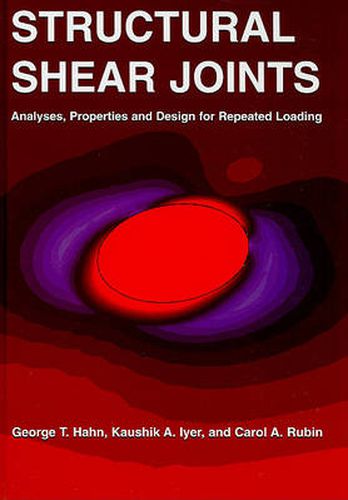Readings Newsletter
Become a Readings Member to make your shopping experience even easier.
Sign in or sign up for free!
You’re not far away from qualifying for FREE standard shipping within Australia
You’ve qualified for FREE standard shipping within Australia
The cart is loading…






This book describes the mechanical response of butt, lap and doubler joints. The findings apply to shear connections in civil, aerospace, and other mechanical structures subjected to repeated loading. The findings are intended for engineers and NDE practitioners concerned with the design of new, as well as inspection and maintenance of existing, shear joints.Fatigue strengths of the joints are derived using conventional, material S-N data and the joint stress concentration factor. The role of fretting wear is also discussed.The estimates of joint fatigue strength are compared with a selection of fatigue strength measurements for aluminum and steel joints. In many cases, the method offers valid estimates and preliminary designs of joints meeting given fatigue strength requirements. The book incorporates the results of over 150 recent and detailed, 2D and 3D finite element analyses of aluminum and steel connections. It includes handbook-type summaries of the results of the finite element calculations, as well as modeling details.The book addresses riveted and bolted joints, aluminum connections for airframes and automotive bodies, and steel connections for machines and bridges. It is a unique reference for instructors and students in advanced design courses.
$9.00 standard shipping within Australia
FREE standard shipping within Australia for orders over $100.00
Express & International shipping calculated at checkout
This book describes the mechanical response of butt, lap and doubler joints. The findings apply to shear connections in civil, aerospace, and other mechanical structures subjected to repeated loading. The findings are intended for engineers and NDE practitioners concerned with the design of new, as well as inspection and maintenance of existing, shear joints.Fatigue strengths of the joints are derived using conventional, material S-N data and the joint stress concentration factor. The role of fretting wear is also discussed.The estimates of joint fatigue strength are compared with a selection of fatigue strength measurements for aluminum and steel joints. In many cases, the method offers valid estimates and preliminary designs of joints meeting given fatigue strength requirements. The book incorporates the results of over 150 recent and detailed, 2D and 3D finite element analyses of aluminum and steel connections. It includes handbook-type summaries of the results of the finite element calculations, as well as modeling details.The book addresses riveted and bolted joints, aluminum connections for airframes and automotive bodies, and steel connections for machines and bridges. It is a unique reference for instructors and students in advanced design courses.